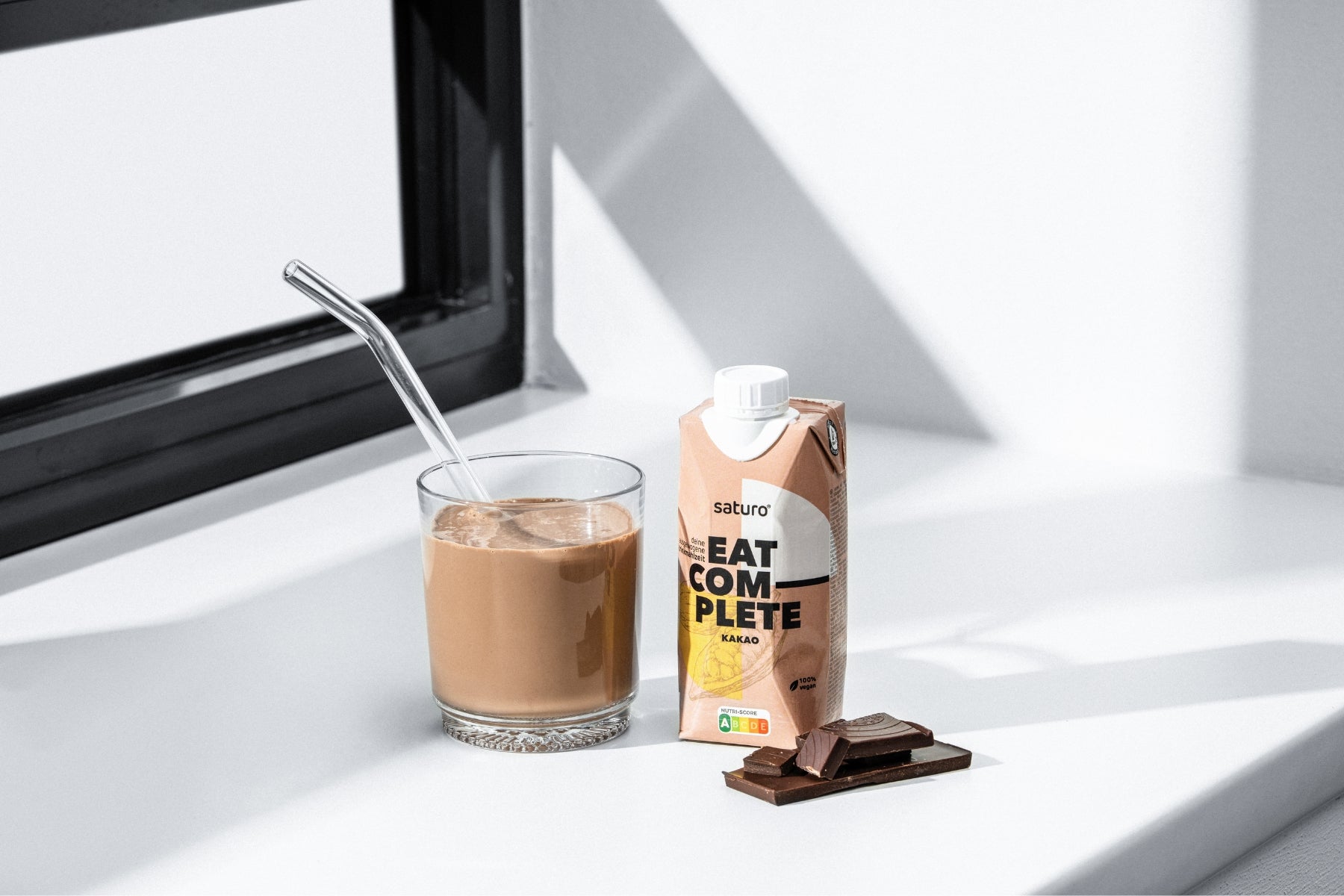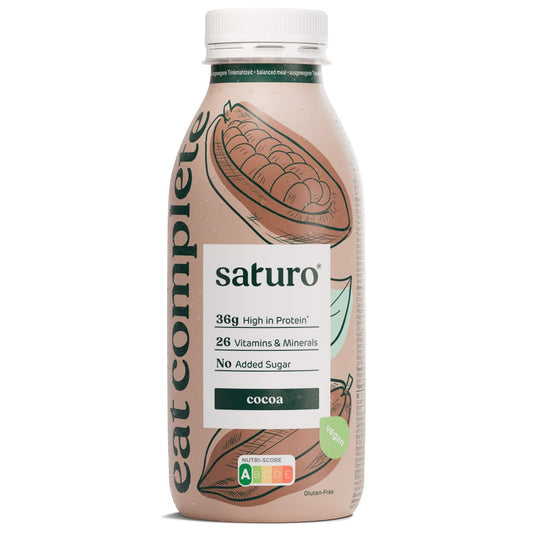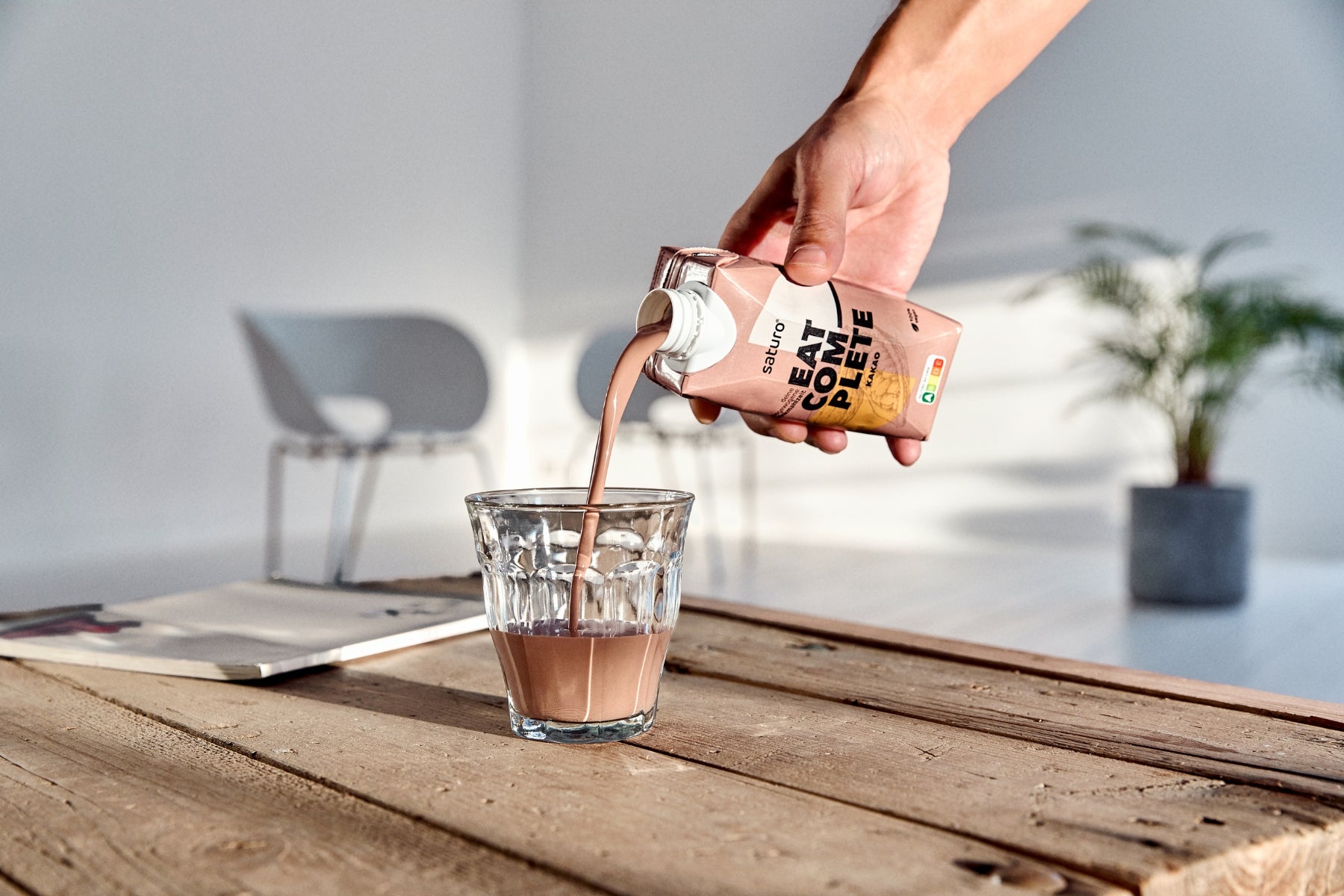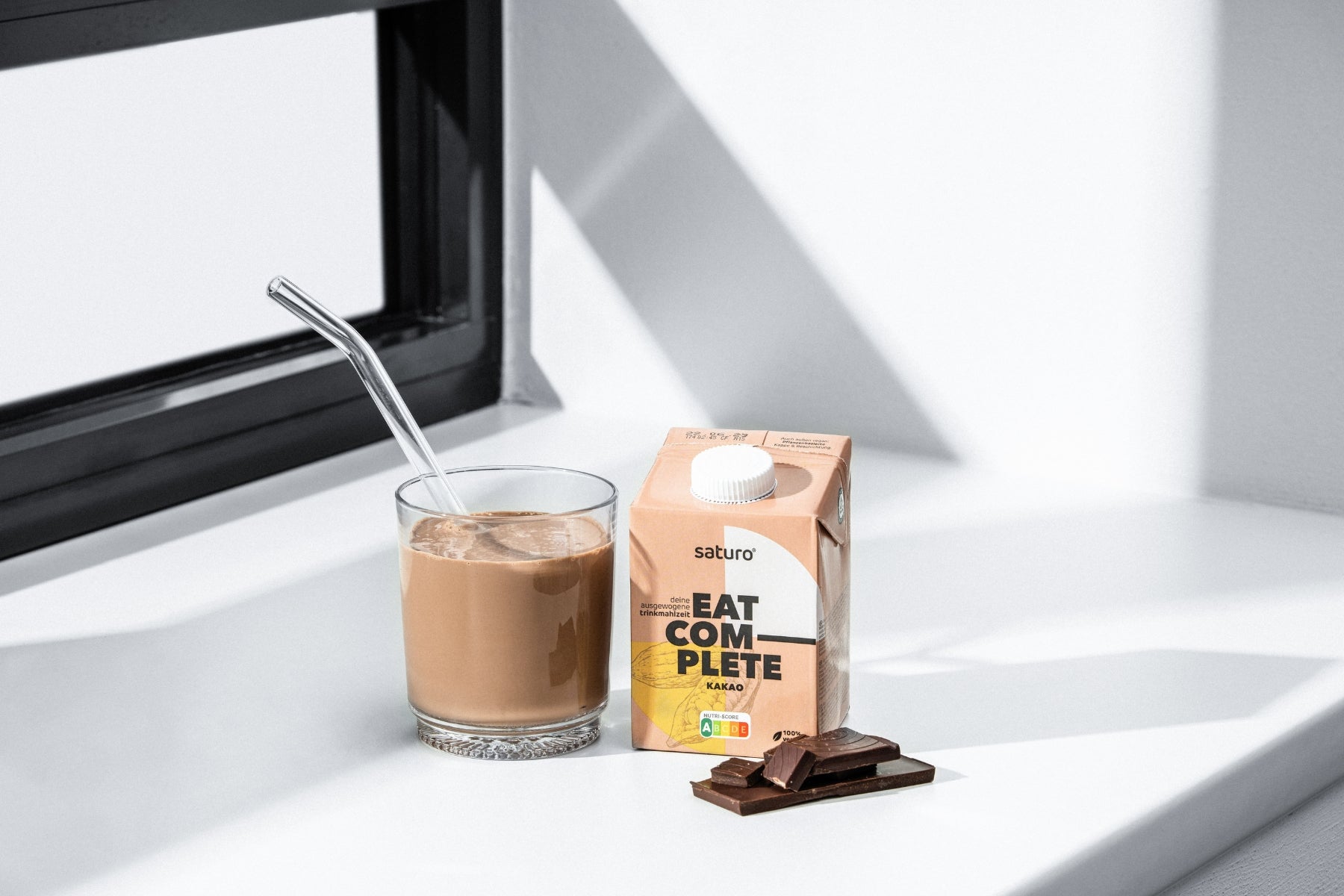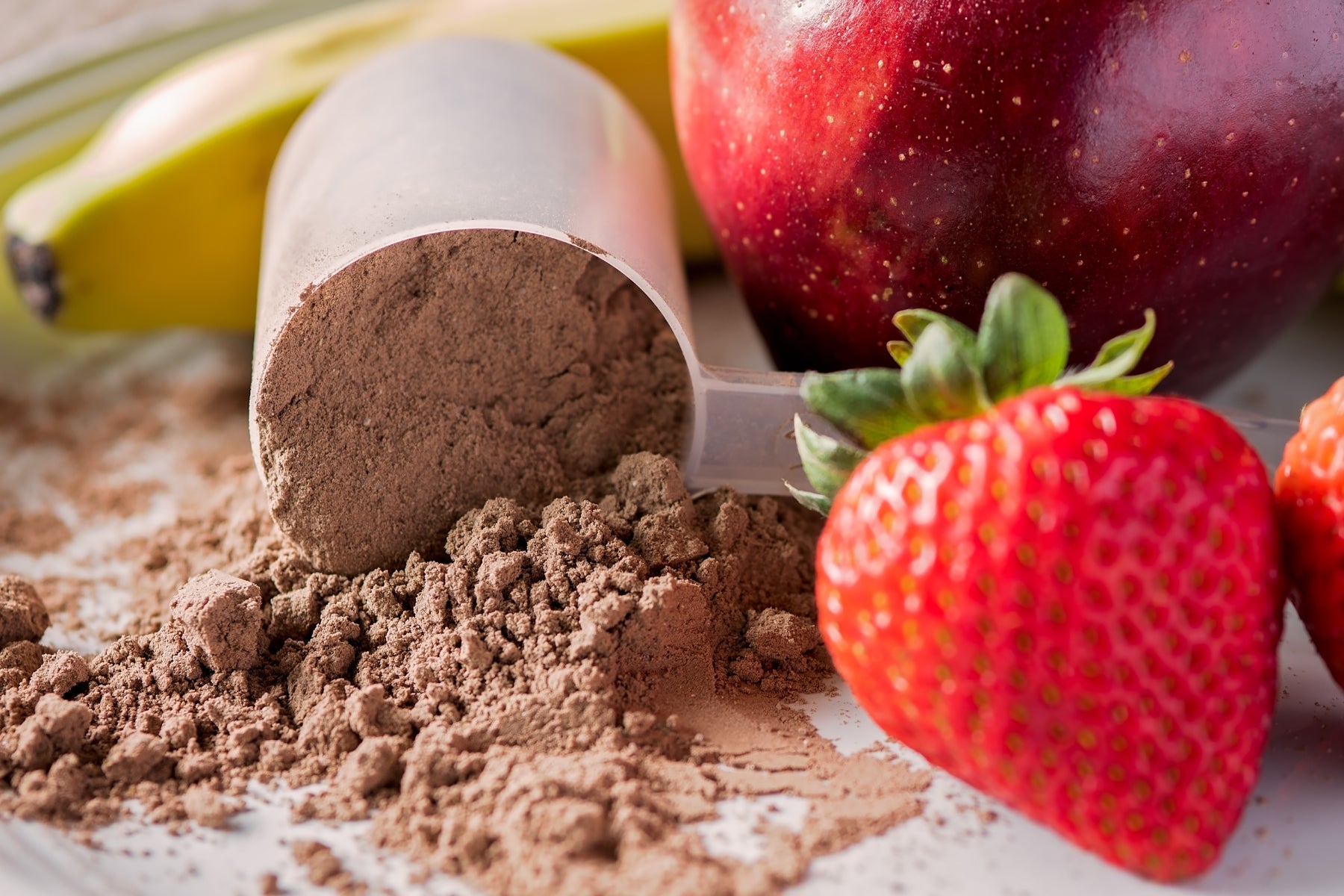Obsah
1
Co je tekuté jídlo?
2
Kapalné jídlo a každodenní strava
3
Výhody a nevýhody kapalného potravin
4
Kde si můžete koupit tekuté jídlo
5
Kapalné jídlo jako skutečná alternativa
6
Nejdůležitější informace na prvním místě
Obsah
1
Co je tekuté jídlo?
2
Kapalné jídlo a každodenní strava
3
Výhody a nevýhody kapalného potravin
4
Kde si můžete koupit tekuté jídlo
5
Kapalné jídlo jako skutečná alternativa
6
Nejdůležitější informace na prvním místě
| Výhoda kapalného jídla | Nevýhoda kapalinového jídla |
|---|---|
| Nejvyšší úspory času | Chybí určité látky |
| Nízké náklady na jídlo | Ne vždy přirozené |
| Obsahují vitamíny a minerály | |
| Méně únavy po jídle |
